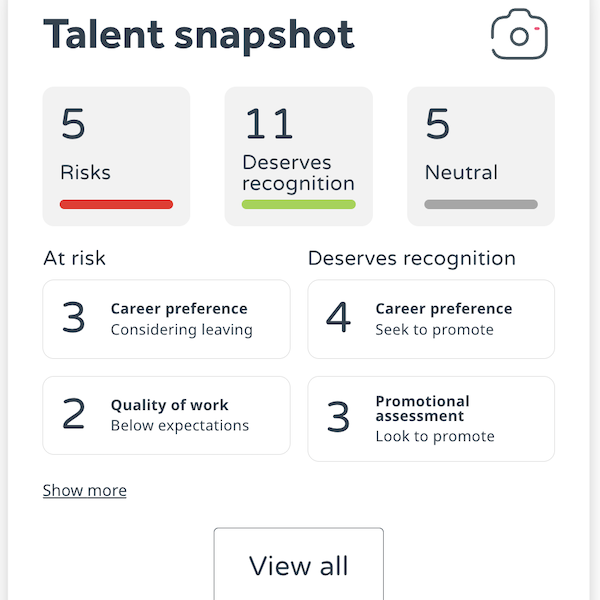Before we start, we are not an HR software or performance review software.
OK so what are you?
In a nutshell WeThrive sets goals using behavioural psychology to unlock the innate motivation of your staff – this is the missing X in most teams. We save time and effort for managers and help them to meet their objectives.
We work alongside existing HR software and processes to help business deliver better results from their staff appraisal process.
What does HR Software do?
So you have invested in a shiny new bit of HR software, there are many on the market, TribeHR, Halogen, etc etc…. to name a few.
Their primary benefits are to;
- Save time by making the process of collecting and storing HR data quicker and easier
- Ensuring that a business fulfils all of it’s legislative and HR obligations
- To help the business recruit, retain and develop their staff
There are solutions for all sizes and types of business and there are many sites that can help you choose the right solution; G2 Crowd, for example.
The specialists – Talent Management and Performance Review Software
On the market are specific performance review software products that focus in on the review process. These do things like 360 reviews, social kudos, recognition and storing and managing goals.
These niche players focus in on reducing the amount of effort required to run the annual performance review – this is great news for managers and staff as these systems automate a lot of the legwork, send reminders and notifications – they often link to HR products…
But, and there is a but
All of these products basically automate what was previously a manual and laborious process – saving time and resources along the way. As well as undoubtedly helping to focus managers on developing their most important asset – their staff.
But they do not add any specific value over and above this.
For managers who really want to move their teams up to the next level and go beyond automation they can add WeThrive into the mix.
The process is incredibly simple;
- Copy and paste your staff list into WeThrive from your HR software
- Start a survey with a title, start date and duration (we recommend 2 weeks)
- Your team will be sent a questionnaire to complete online that will take them about 10 minutes
- Once the survey is closed you get a prioritised list of your team members showing you where the development needs are and the quick wins
- For each person you get 3 actions, plus supporting material that will help you to get the goals embedded and the team motivated
- To get the goals into your HR software or performance review software so you can track them simply export the results to .CSV, import them and off you go!
Our clever techies are working on API links with some of the market leading products on the market so that you simply have to push a button to get this done – we should start releasing our integrations in early 2014. (If you want to talk to us about integrating into your HR software drop us a line).
If you want to maximise the return you get from your HR software and your team then why not try WeThrive or book a demo.
